Brazil: Ilhabela
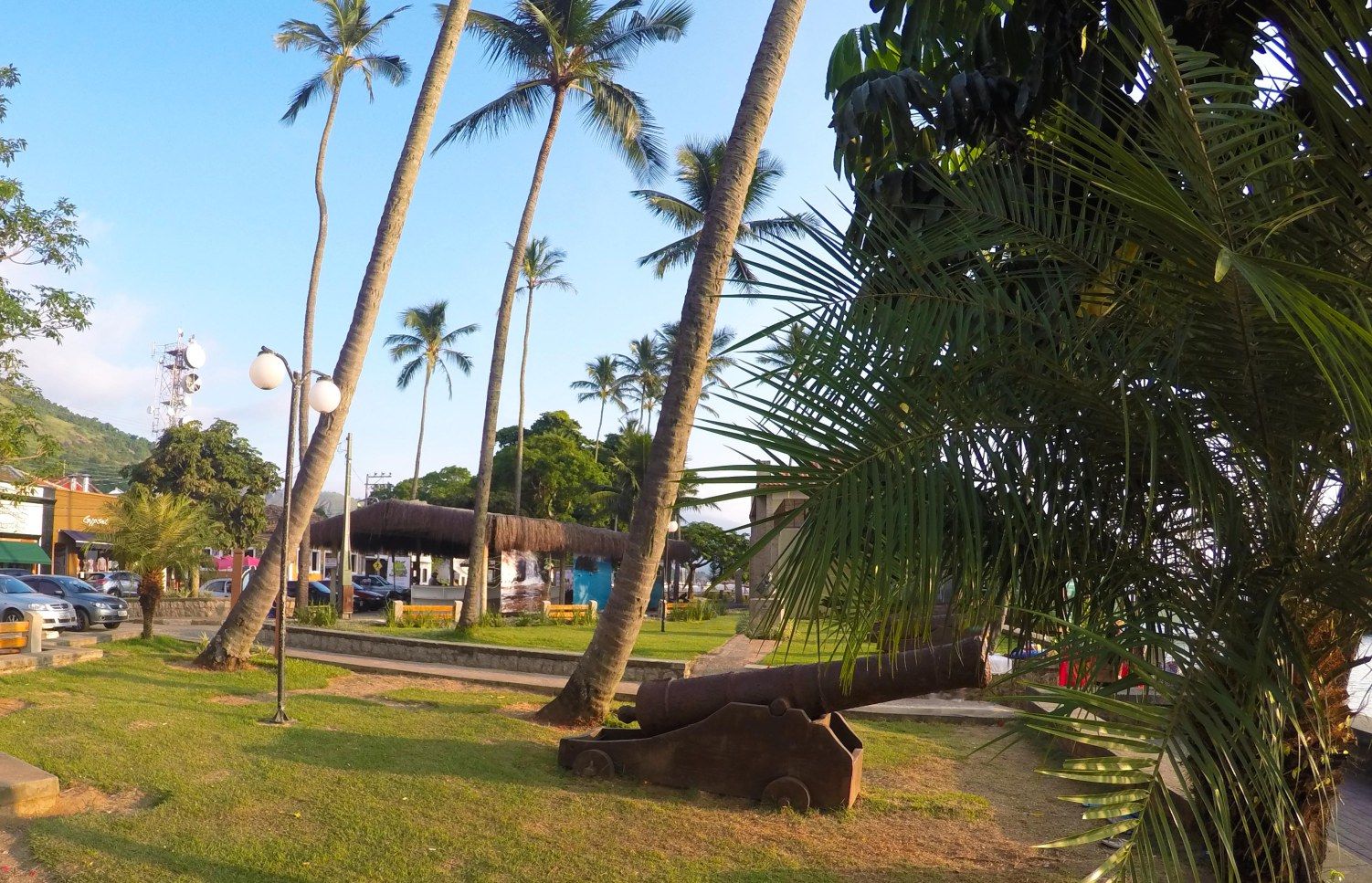
Ilhabela is an archipelago off the Northern coast of the São Paulo state in Brazil. The name means beautiful island and it consists of the largest of Brazil’s islands, Ilha de São Sebastião(Saint Sebastian Island) and 3 small uninhabited islands. The main island is usually just referred to as Ilhabela(beautiful island) and the other three are Búzios, Pescadores and Vitória. You can reach the island by “Balsa” (ferry Platform), from the town of São Sebatião which takes about 25 minutes. There is a fee to take your car, but it’s free if you go on foot or by bicycle. One thing to keep in mind, expect to wait in car lines for 5 hours plus to arrive and leave Ilhabela at peak times, Mainly arriving on Saturday and leaving any time on Sunday. It’s best to arrive Sunday and leave obn a weekday if you can, this way you’ll wait about 40 minuets. These waits only apply to car though, you can walk onto the ferry platform with no wait at all to arrive on foot. One other important warning is Ilhabelas infamous “Borrachudos”. These are a type of horsefly with an incredibly itchy bite and they bite a lot. They are mainly found by waterfalls, streams and secluded beaches with a lot of tropical vegetation. Apply repellent frequently and you won’t have a problem.
Ilhabela has roads,public buses, a couple of little urban centers, lots of restaurants, accommodation and even a large supermarket. Diving is popular here and there are many shipwrecks and a number of dive centers. There are also many beautiful and secluded beaches if you venture to the North and South ends as well as more commercial beaches close to the urban centers. You can find everything here, from upmarket restaurants in old colonial Portuguese buildings to raw nature. Other popular activities are hiking, boating, kayaking and 4×4 tours over the hill to the famous “Praia Castelhanos” beach at the back of the island. Ilhabela’s dive conditions can be a little bit unpredictable, there can be currents, a wide range of temperatures from 20C to 30C depending on the season and visibility can be hit and miss. In this piece I’ll examine a few of the sites I have visited here.
Ilha das Cabras
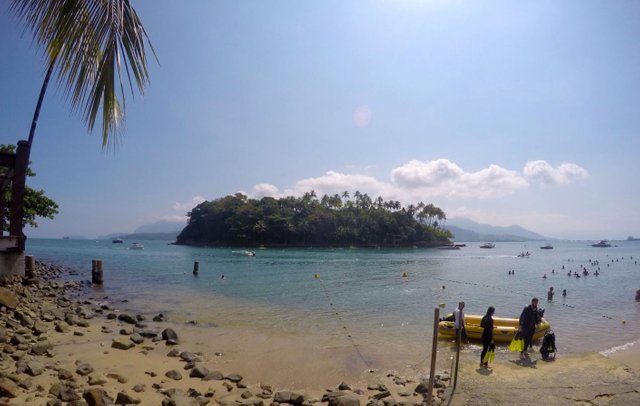
This small island in the São Sebastião channel is a popular spot, especially for beginner divers or when conditions are rough at other sites. The name means “Goat Island” and it is privately owned and you are not allowed to walk around on the island. There is a dive center called Colonial Divers right above the little beach in front of the island, and they can organise a small motorboat to take you here. It can also be done as a shore dive, but be warned, the current crossing the channel between the the two islands can be brutal and you could be swept far away from your point of entry/exit. I have done this site as a shore dive and getting back was tricky to say the least. It’s a shallow site with a max depth of about 9 meters at high tide and visibility here usually averages 3 to 5 meters. There are a surprising amount of different fish at Ilha das Cabras, including large Groupers, colorful grunts like Pork fish, huge schools of smaller fish, big stonefish and you can also see turtles and rays. There’s also a neptune type statue directly behind the island however, there’s nothing to see in the way of coral though, just rocks covered with greenish algae. Diving is done directly behind the island where it’s sheltered from the current and you can venture around the sides until you feel the current is too strong. The whole dive site is marked with ropes and you can use them to pull yourself along when the current is strong. This site’s unique feature is that it’s one of the only decent shore dives I’ve found along the whole São Paulo coastline.
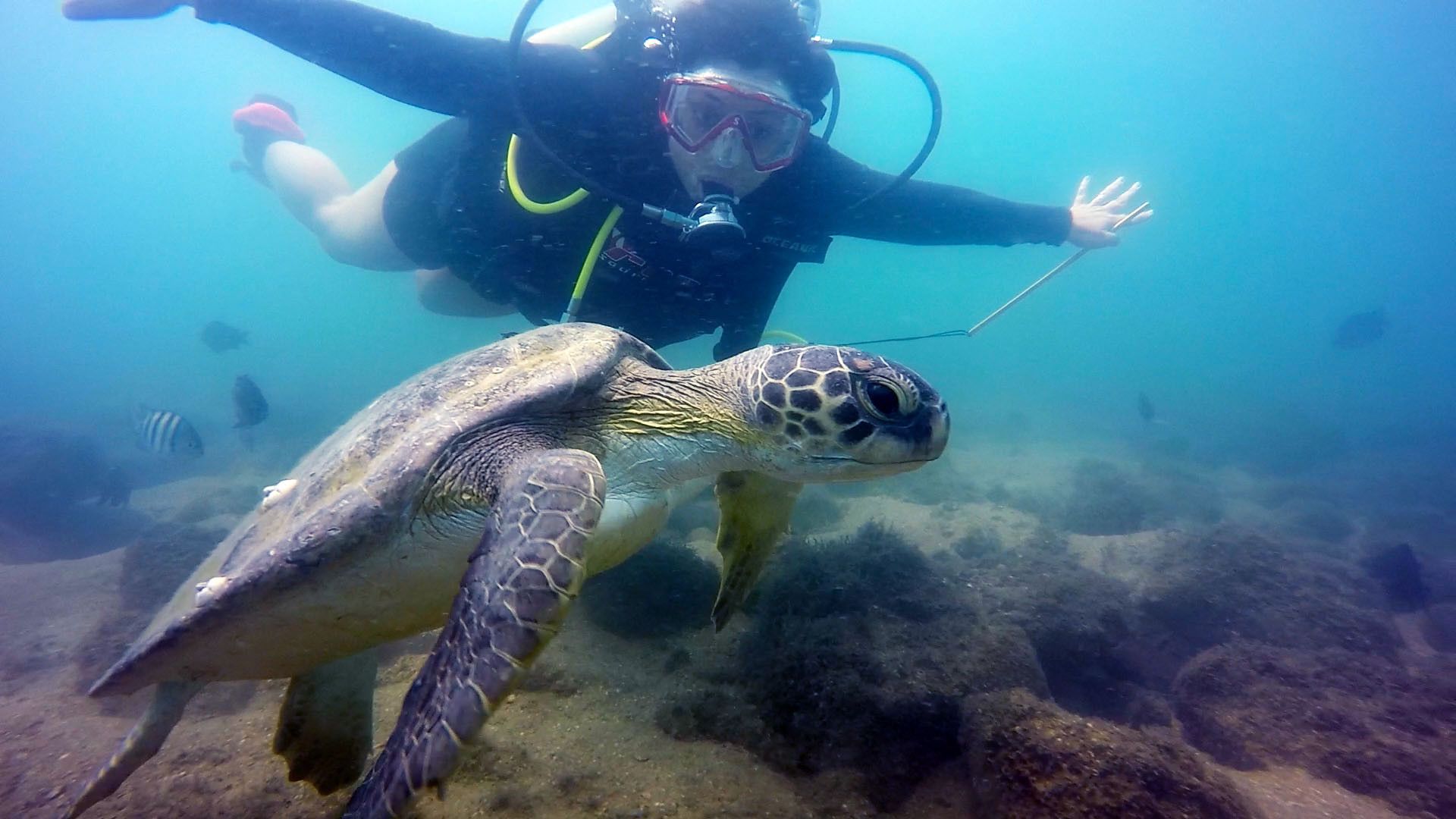
Velasquez Wreck
Naufrágio means Shipwreck and Ilhabela is regarded as one of Brazil’s shipwreck capitals. The Velasquez the 1906 wreck of an English steamship that wrecked on the rocks to the South of the island on the way to Rio de Janeiro from Santos with 137 passengers and over 2000 sacks of cafe and other cargo with a final destination of The USA and Canada. This 153 iron shipwreck sits on a bed of rocks ranging from about 10 to 18 meters. It’s mostly broken up rusted metal scattered over a rocky bottom, but there are some large old metal boilers that remain intact on the rocks. When I visited the wreck there were quite strong currents and the visibility was not more than 4 or 5 meters. The wreck has potential to be interesting under good conditions and is always a popular site.
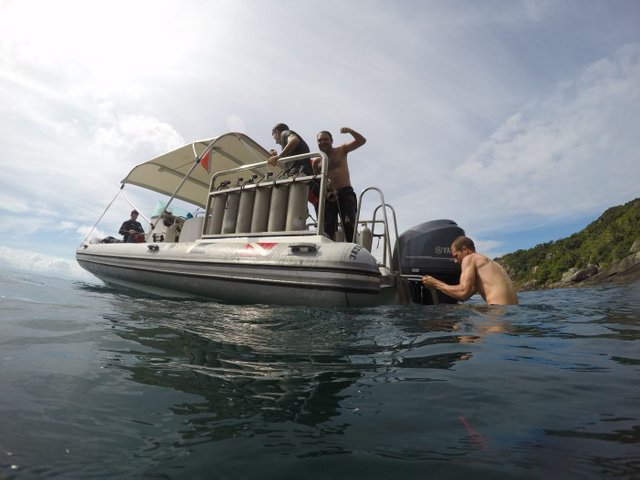
Ilha dos Búzios
Ilha dos Búzios is my favorite dive site around Ilhabela so far. It’s quite far out in the ocean, so it’s usually more expensive to get there, but the visibility is usually pretty good with 15 to 20 meters and the water color seems to be more of a tropical blue than at the main island. There are interesting rock formations, a variety of depths and quite a few fish and the usual star and brain corals and lots of orange and yellow sun coral. We also saw a pod of dolphins on the boat ride back. It’s a really easy site to navigate and the average depth is about 10 meters. Other common fish to see here include Batfish, Mullets, Pufferfish, Sergeant majors, banded butterflyfish, French Angelfish, various grunts and also eels.
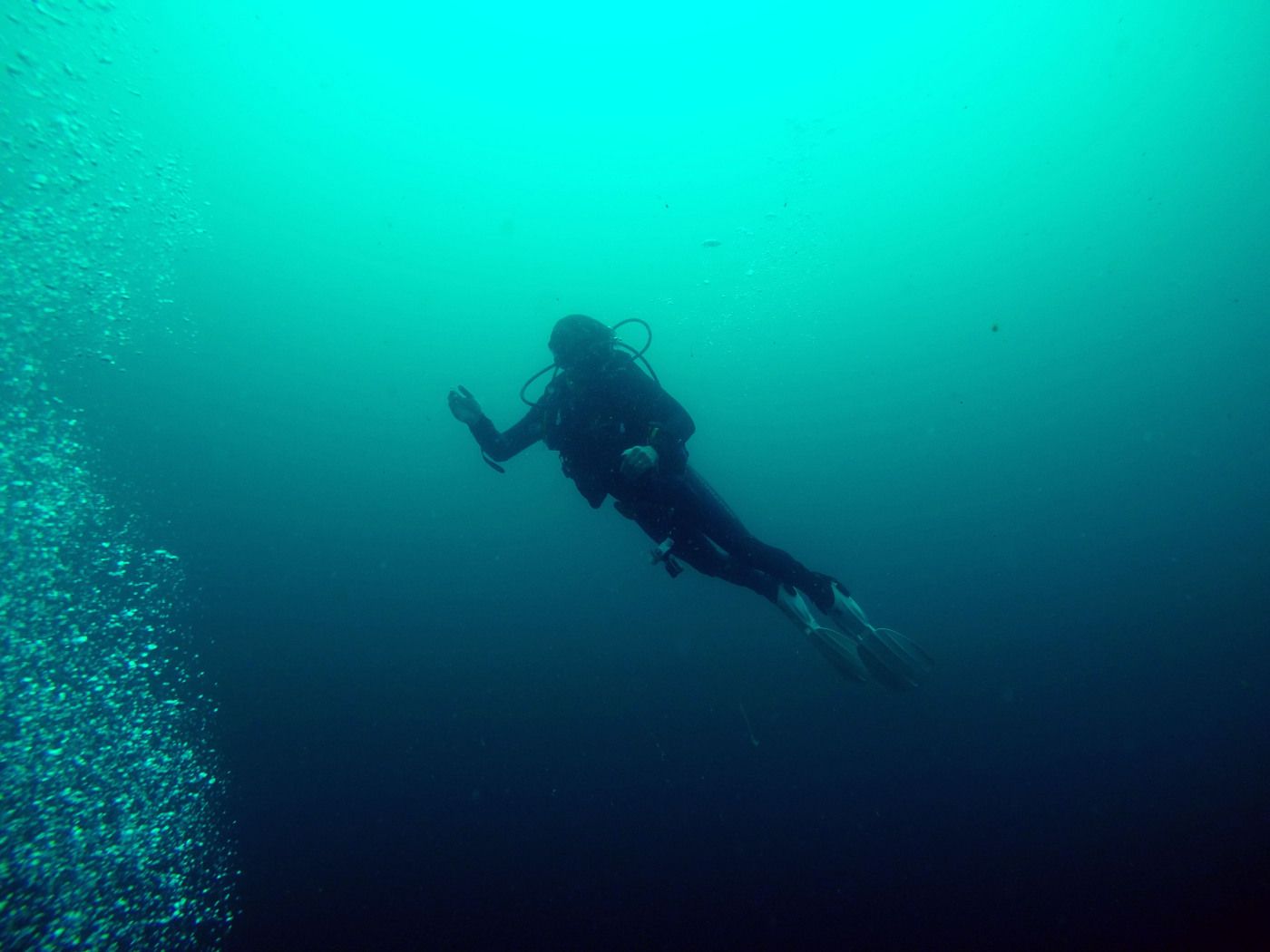
Principe de Asturias
The Principe de Asturias wreck is often referred to as “Brazil’s Titanic” because 445 people died when this Large luxury passenger steam ship which sank in 1916. No one knows exactly what happened, and there’s a legend that the ship was torpedoed by a British Warship as it was carrying some notable German’s who were on route to Argentina at the height of the First World War. The ship was on Route to Argentina from Spain and was carrying a cargo of Bronze statues and assorted metals including 45 000 pounds of Gold. What really happened may never be known but the fact is that the hull of the ship was ruptured extremely violently and the ship went down in 5 minutes. The wreck sits at a max depth of 48 meters on the rocky bottom in front of Ponta do Boi around the back side of Ilhabela. It is possible to dive the wreck and there are a few operators who do trips here, but the wreck sits in a notoriously difficult location, with big swells, strong currents and low visibility and dives can only be done when weather and ocean conditions are excellent. I have not personally dived this wreck yet, but I have spoken to divers who have penetrated the wreck and said you can still see the skeletons of the passengers inside. (Warning:Penetrating this wreck is regarded as HIGHLY DANGEROUS!)The wreck is regarded as a maritime grave and underwent a number of salvage missions in the 70’s which resulted in some of the statues been recovered, but none of the gold has ever been found. This site deserves an honorable mention for it’s place as one of history’s largest naval disasters and it’s reputation as a titanic you can actually dive! It is possible to observe quite a large number of plates and other artifacts around the wreck site. If conditions were safer with better visibility the Principe de Asturias would no doubt be one of the most famous wreck dives in the world.
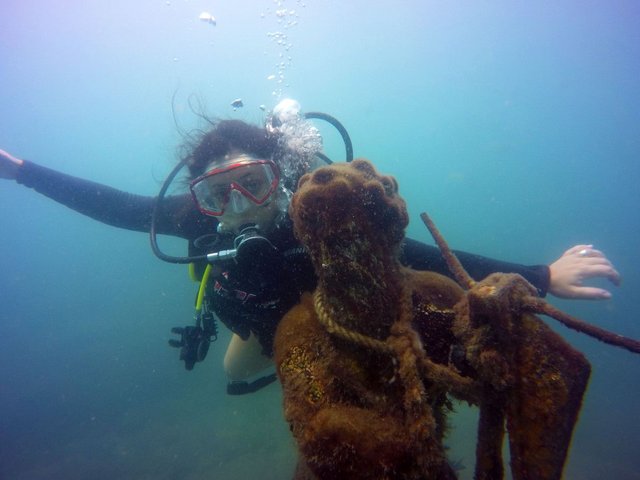
Ilha belo em muitas cachoeiras para visitar, tem que pegar balsa para chegar.
oi obrigado! Falei muito sobre a balsa no primeiro parte do artigo " You can reach the island by “Balsa” (ferry Platform), from the town of São Sebatião which takes about 25 minutes. There is a fee to take your car, but it’s free if you go on foot or by bicycle."
Ilhabela é um local fascinante!